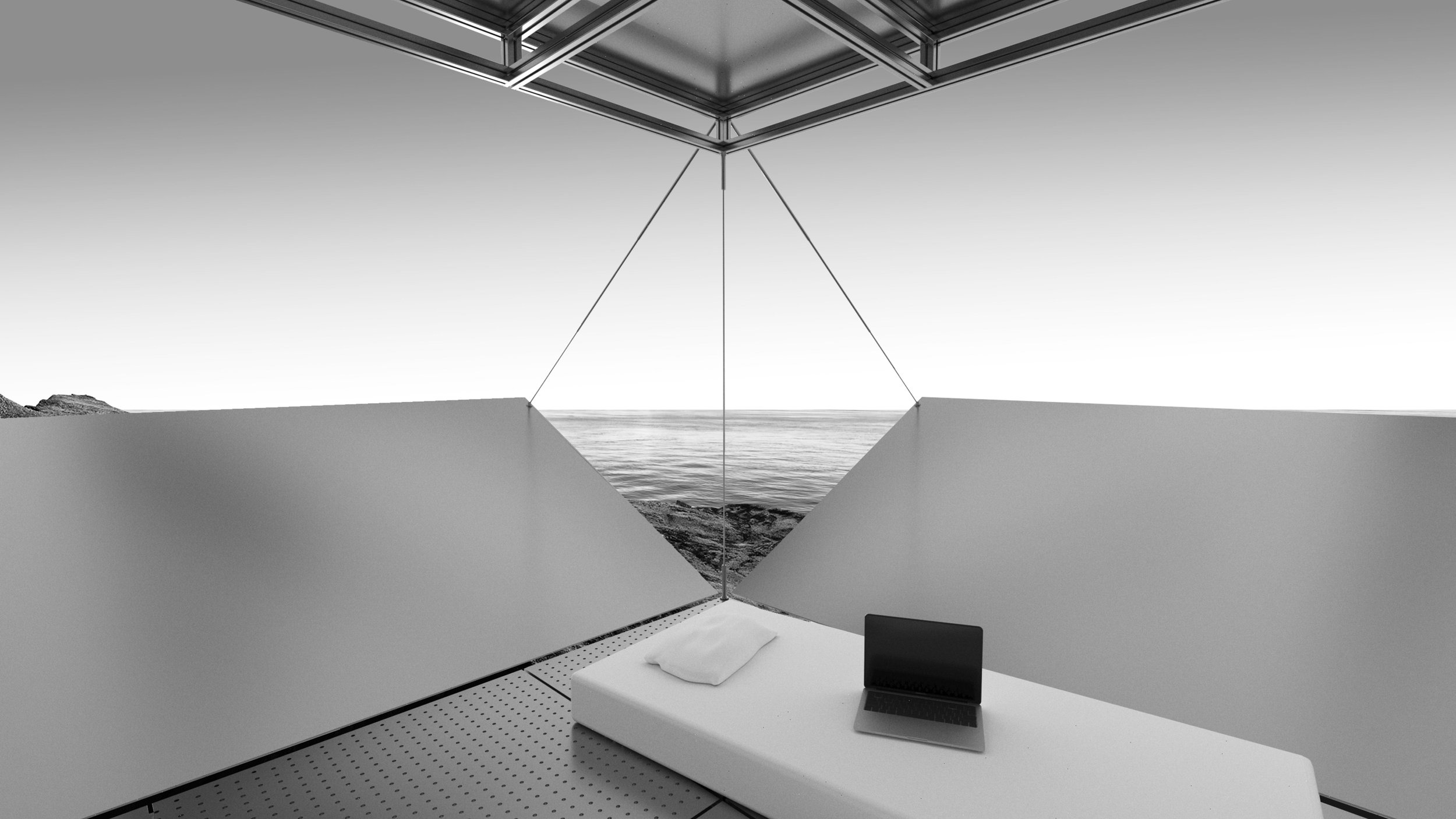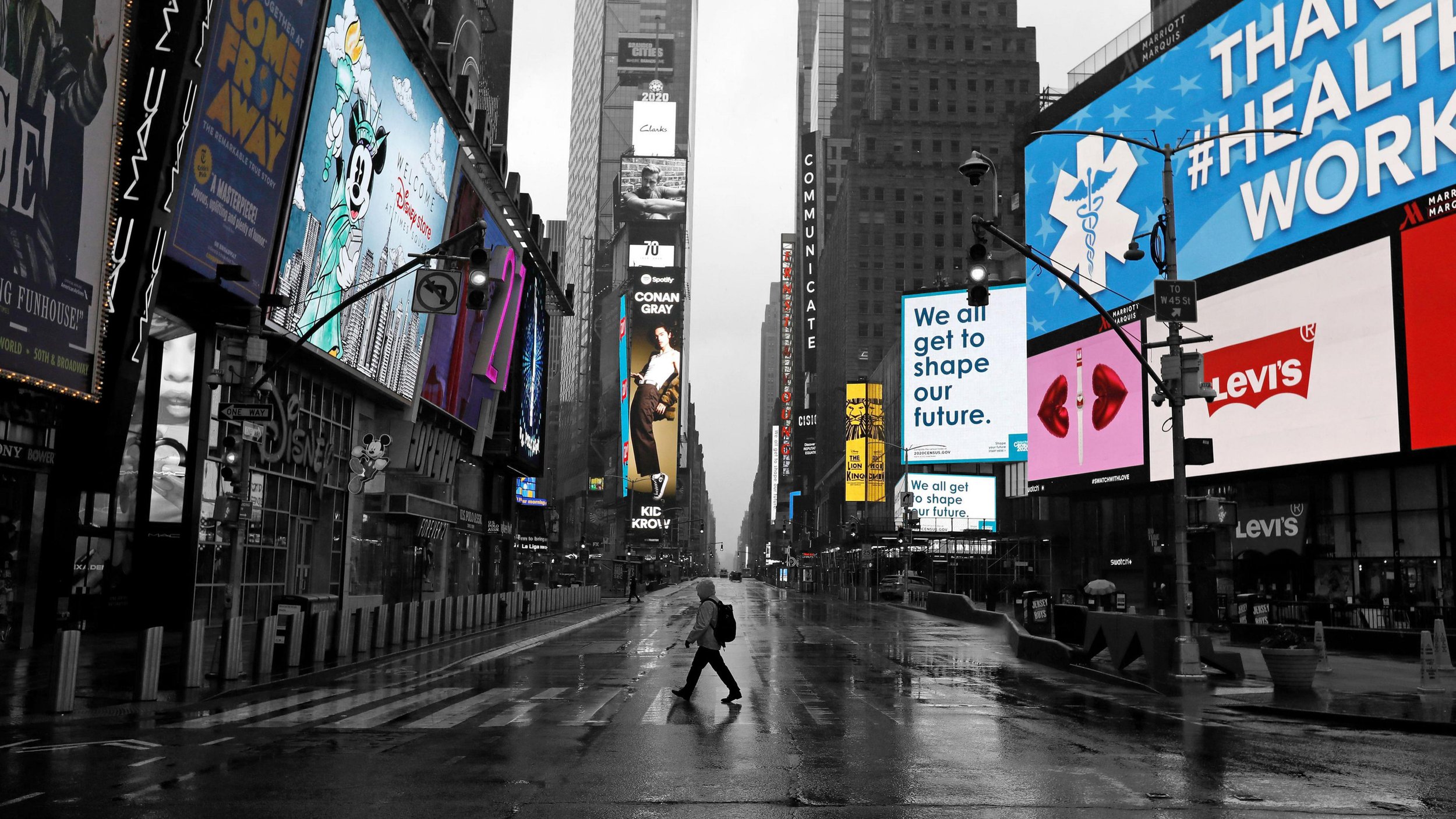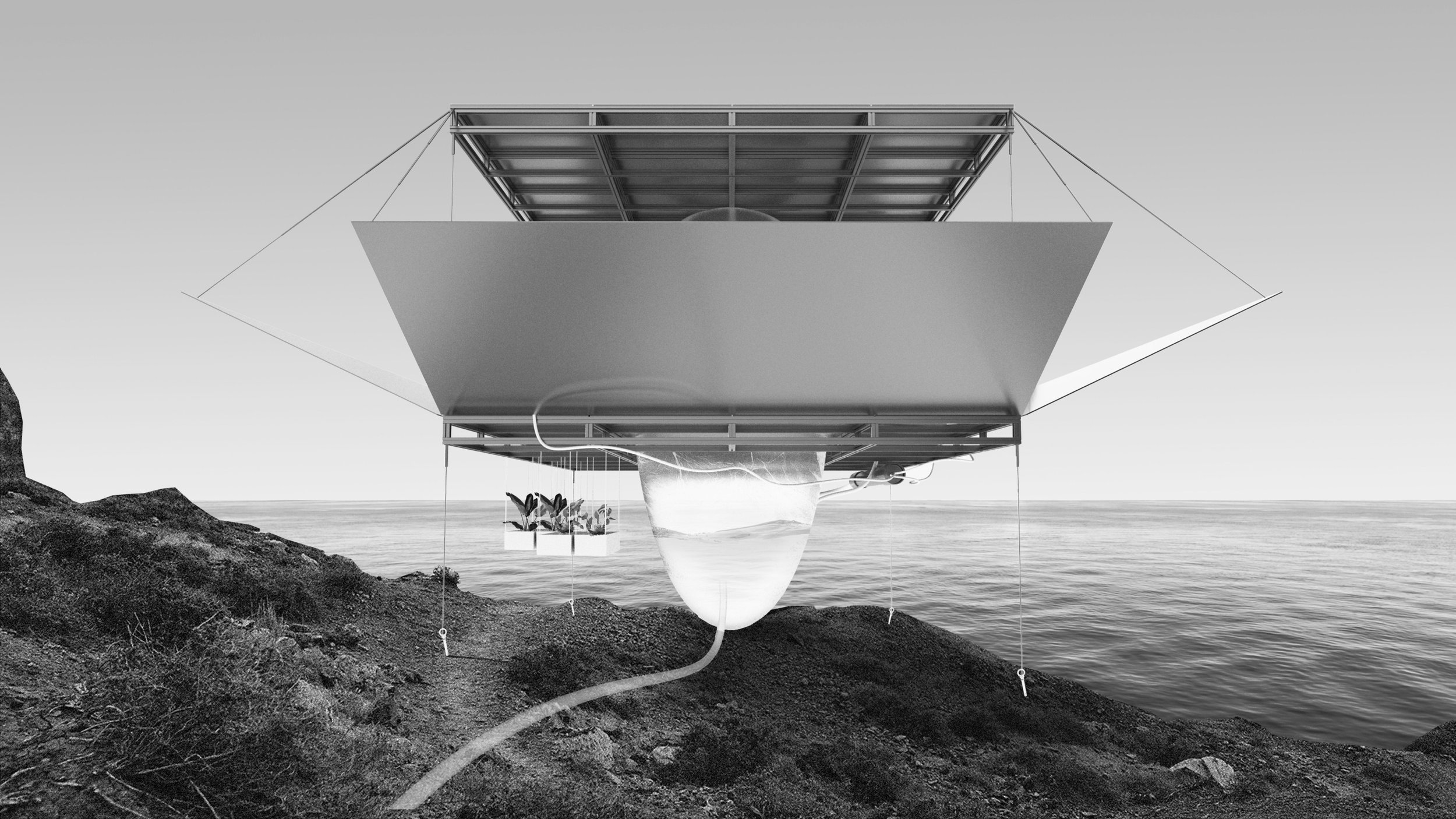
Shareholders of the Desert
Shareholders of the Desert
During the CoViD-19 pandemic, the digital realm as the dominant place of public life became undoubtedly ever-present and replaced the core functionalities of the city. By questioning the role of the contemporary city, a withdrawal to the realm of the deserted island takes place.
This speculative project proposes a formulation of a possible alternative community on the island with its architectural base being the Living Pod, dealing with questions between autonomy and dependency, privateness and publicness and the negotiation between the physical and the digital realm.
Year
2020
Type
University
Coordinator
Studio Aristide Antonas
Collaborator(s)
Leonard Schmidt
Contributor(s)
Tamino Kuny, Filippo Santoni
Media
CAD, Video, 3D Visualization,
Adobe Photoshop (GIF), Website
CoViD-19
The crisis of Covid-19 renders ever more clear that many parts of the city, as experienced today, are being replaced by virtual counterparts in the digital realm. Commodities are ordered or even accessed online, while internet communication is ever more smoothened.
The physicality of the neo-liberal city thus becomes a collection of cynical leftovers blurring the actual potentiality of the urban — human interaction. But if even communication can take place virtually, what remains of the contemporary city? And further, if there are any remains, what constitutes their architecture?
A New Beginning
In order to detect potential grounds for a city to persist, we withdraw to the realm of the deserted island, Petasi island. Its condition provides us with the necessary framework for rethinking the city. In conceptualizing a potential inhabitation on an island, the city becomes reduced to its core. All things superficial, that have previously infected the city, are suddenly left behind.The city is reduced to its quintessential components — shelter and community.
The steep and unpredictable landscape of Petasi challenges the idea of the solid, stable house. It asks for a gentle adaptation, a structure that responds to its ground. Therefore, we imagine inflatable water tanks, adaptable to different land conditions, to be the structural base for the inhabitable shelters on the island. Further, this water infrastructure is part of a closed energy cycle, supplemented by photovoltaic panels.This closed system addresses the question of sustainability, as resources are scarce on a deserted island like Petasi.
Moreover, the inflatable bubble allows a platform to be raised from the ground. This platform provides an upper level, which constitutes the private realm. Here the bubble acts as a spatial divider between the different modes of (private) daily life — sleeping, cooking, washing and being online.
Shading devices allow the user to close this upper level entirely, in order to potentially protect himself from outside conditions.
Community
The raising of this platform via the pneumatic water tank allows the ground of the island to be completely continuous and open for engagement.The shading devices enhance the quality of this public domain.
Multiple shelters will be arranged according to the isonomic principle, equally distributed across the entire island. They will be connected via a shared water infrastructure.This infrastructure makes the shelters dependent from each other, as water has to pass through one water tank in order to reach the next.The inhabitants are however not only dependent on a common infrastructure.The island is generally based on a taxonomy of needs, shared interests and responsibilities.
Underneath the generic private sphere, meaningful activities take place entirely based on the needs of the inhabitants of the island.These needs will be gathered via an app. Inhabitants will be able to join for communal activities and provide one another with services.
This system of interdependence, that is facilitated by an app, will organise the public realm. Needs are posted in the app, potentially answered and subsequentially met in the common domain. Hence, shelters are left for a reason and interaction between humans is finally based on meaningfulness and purpose rather than consumerist exchange.









